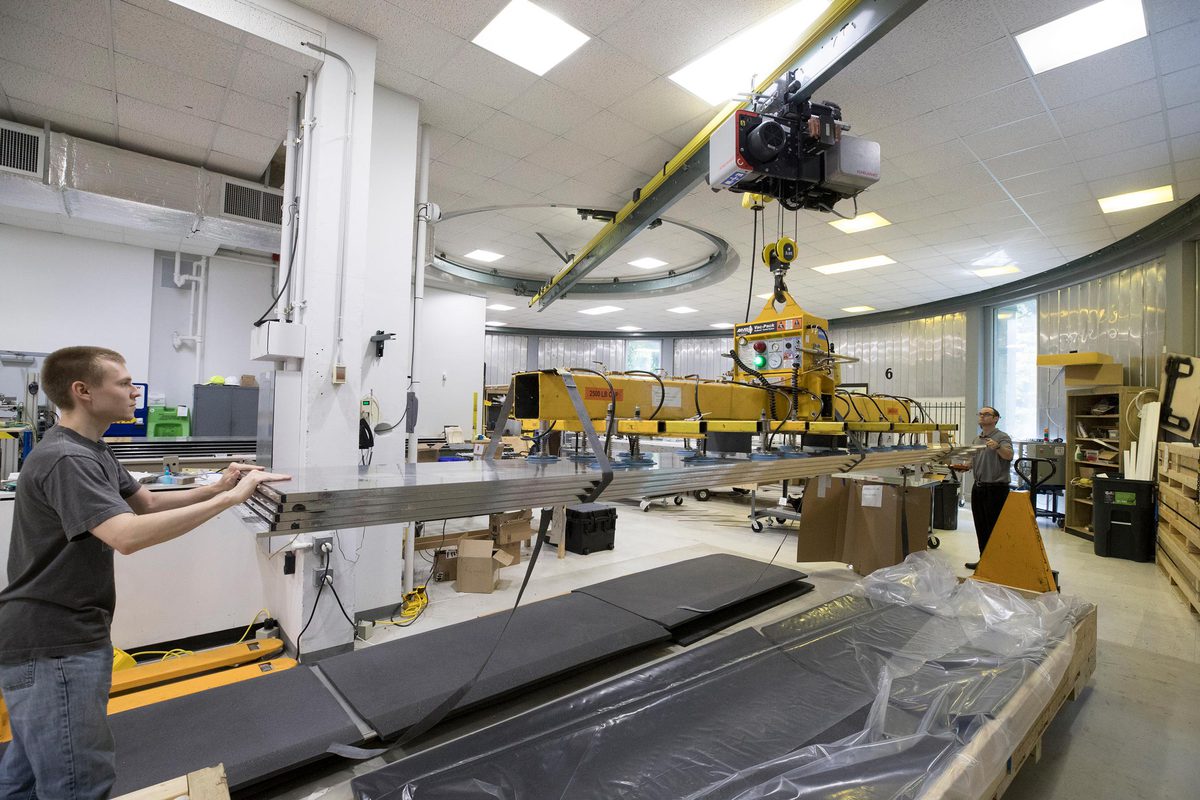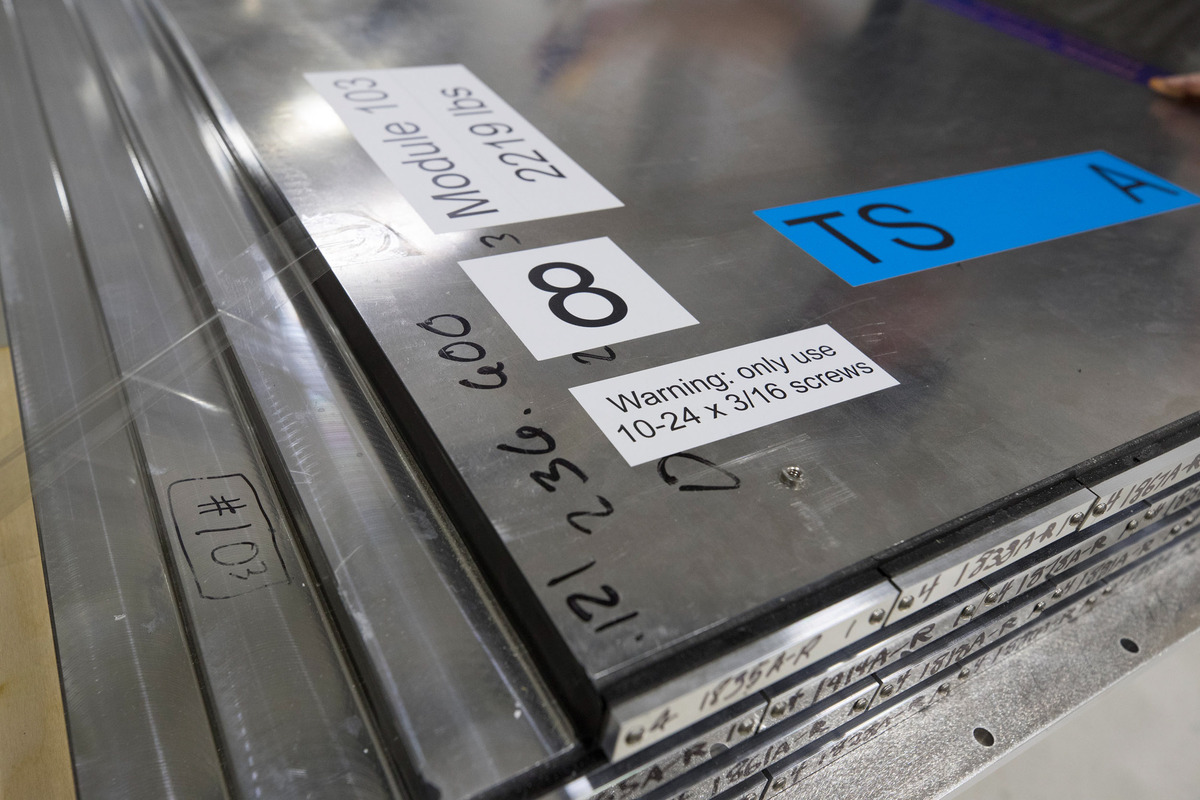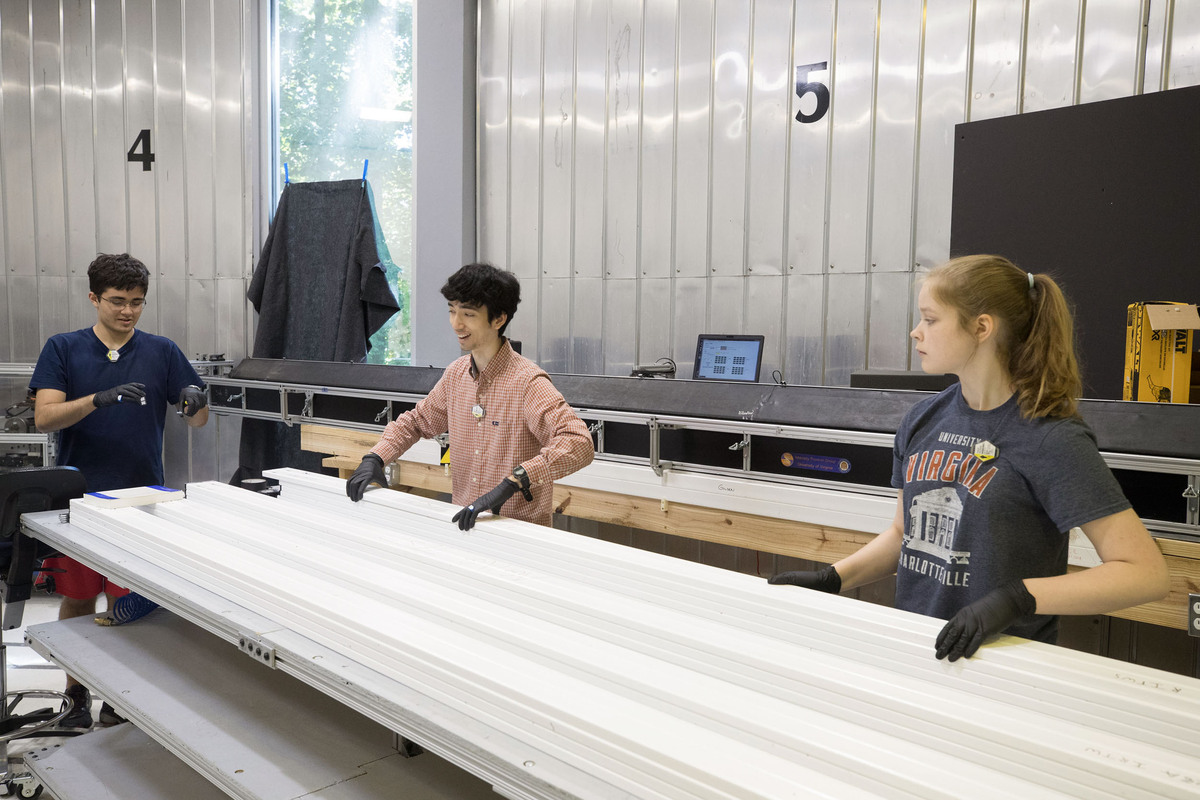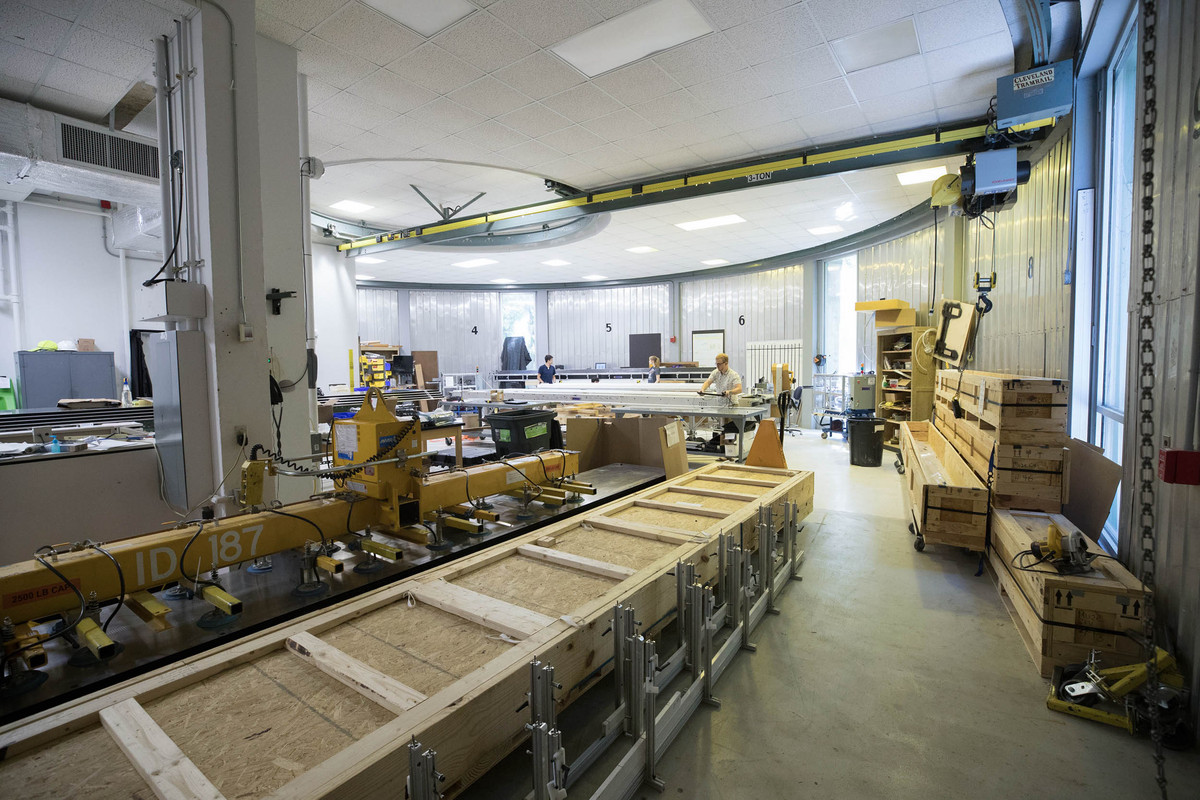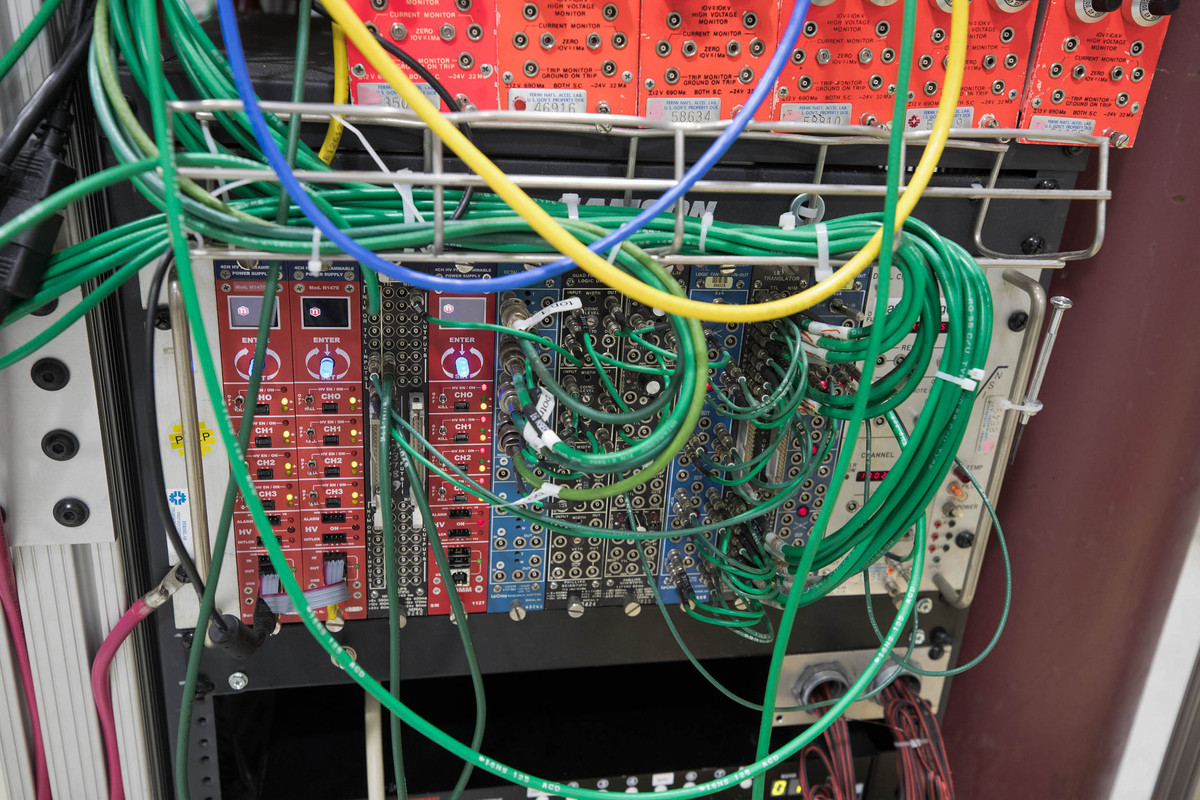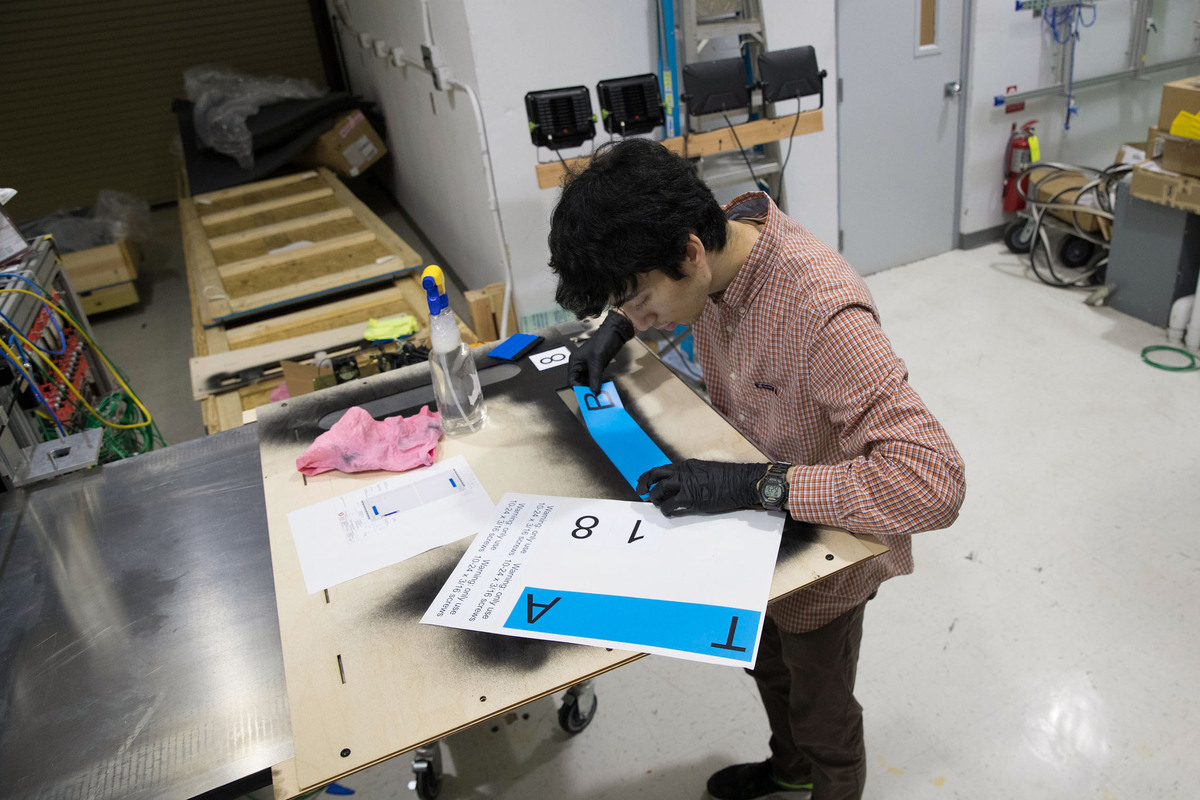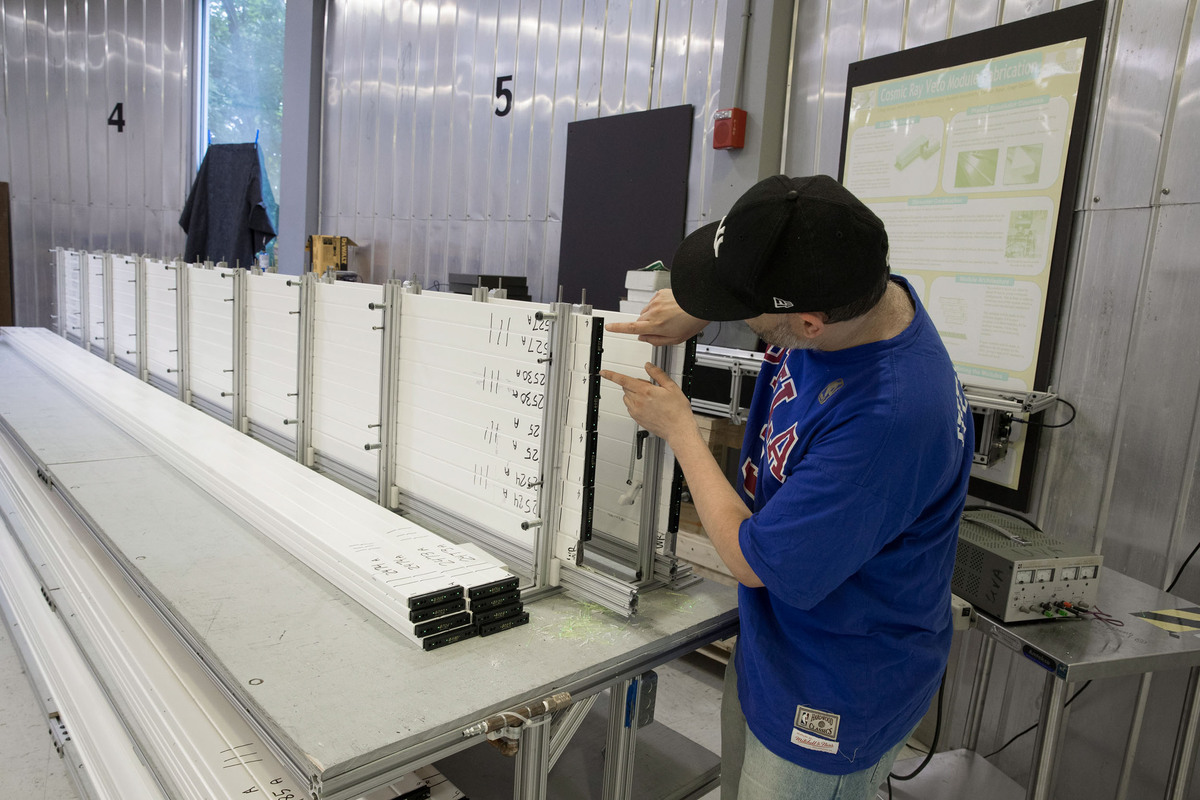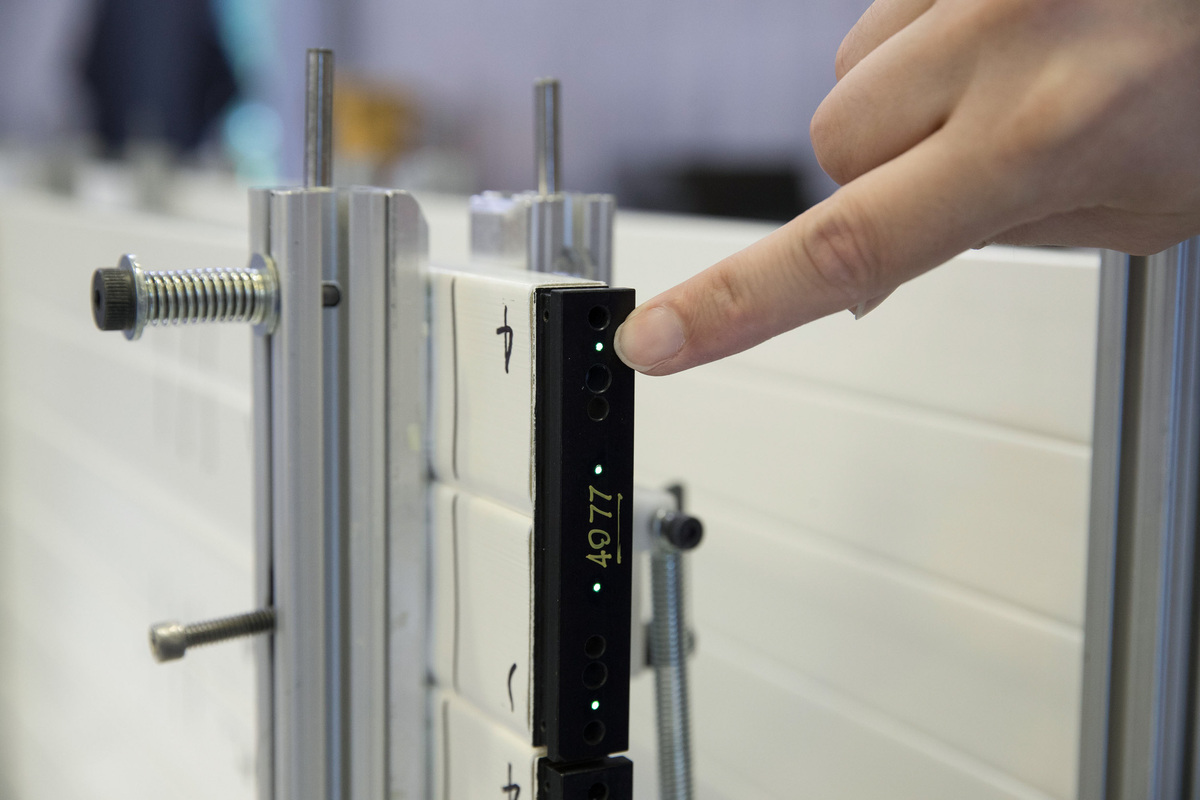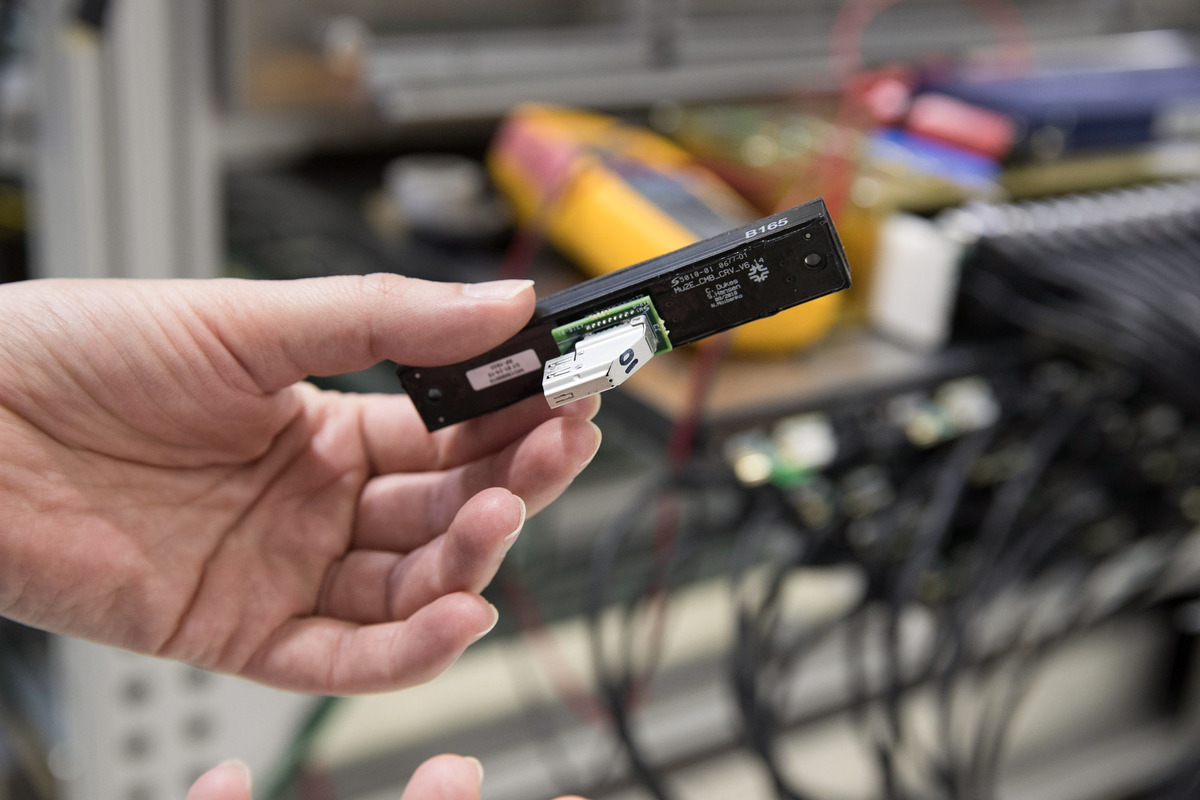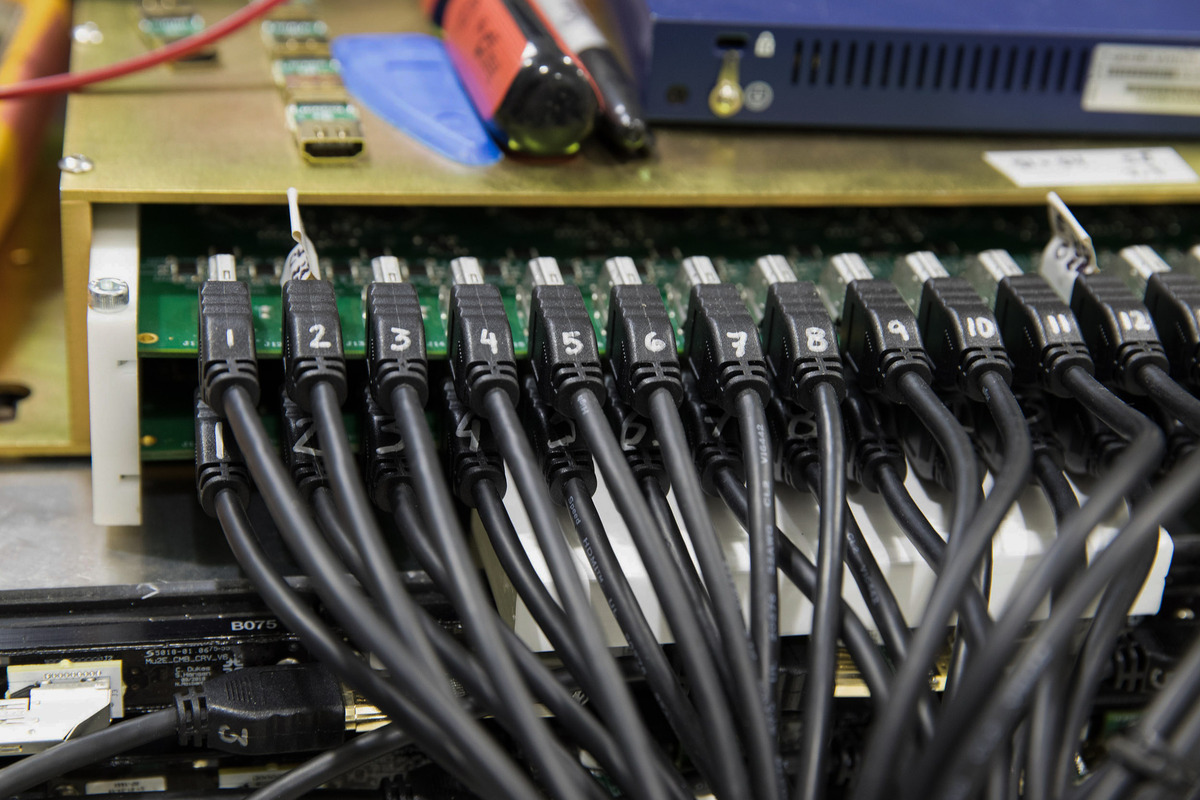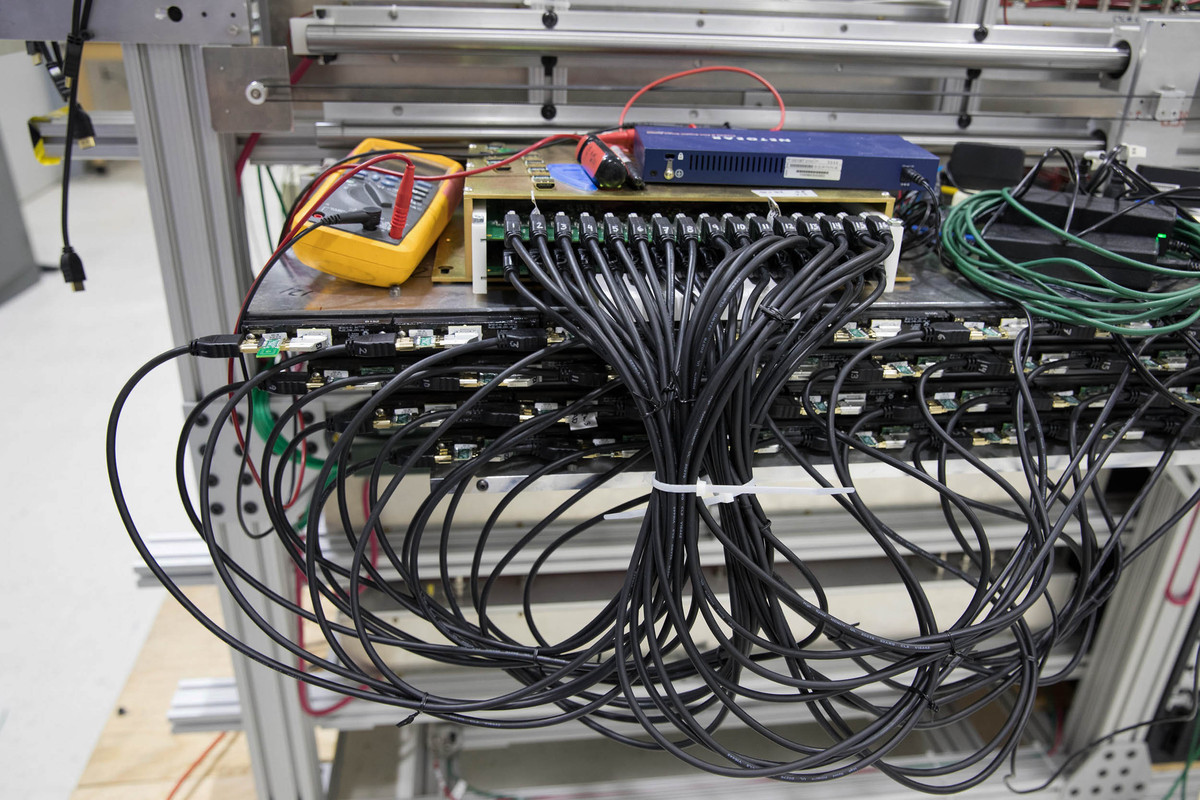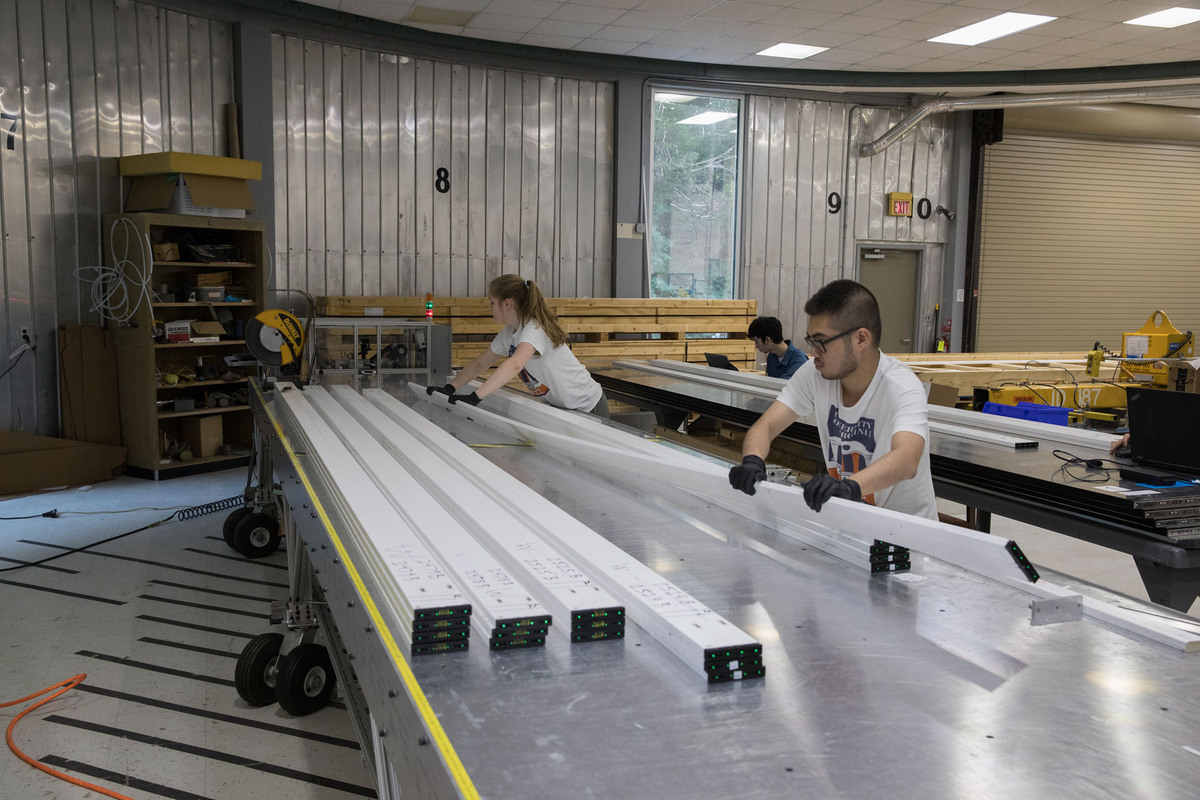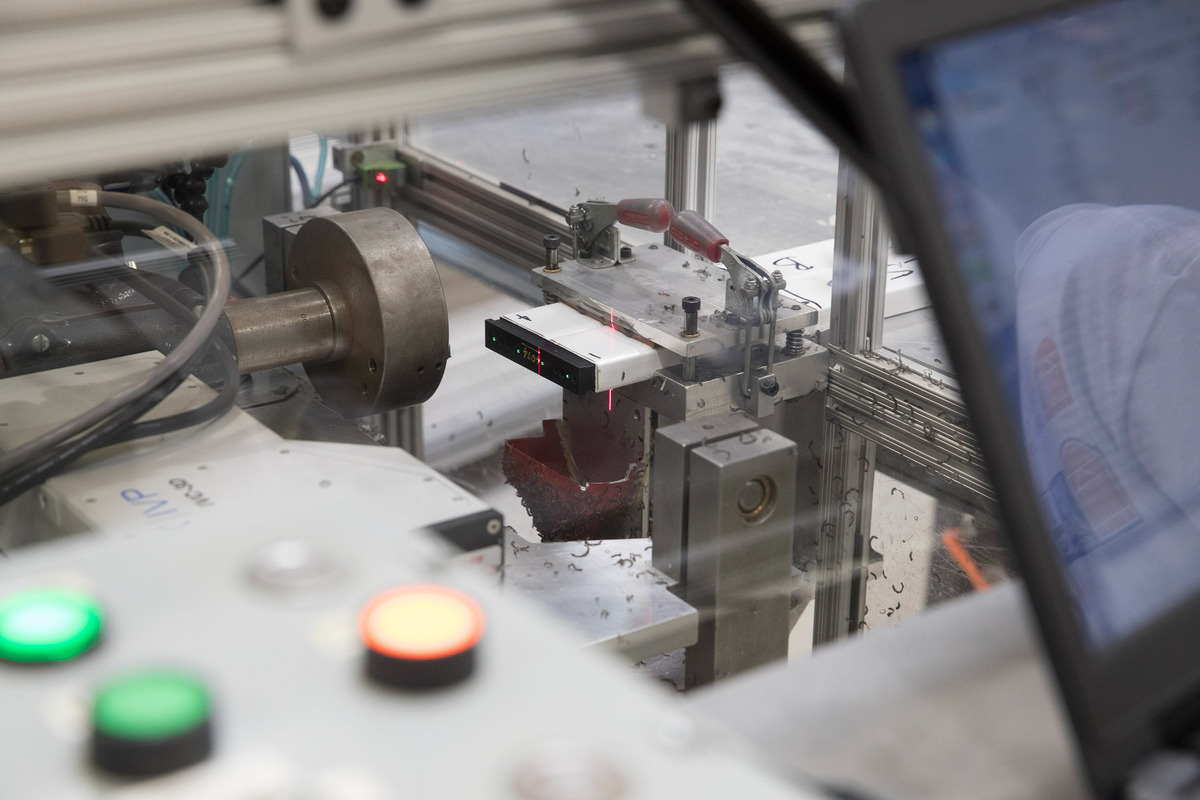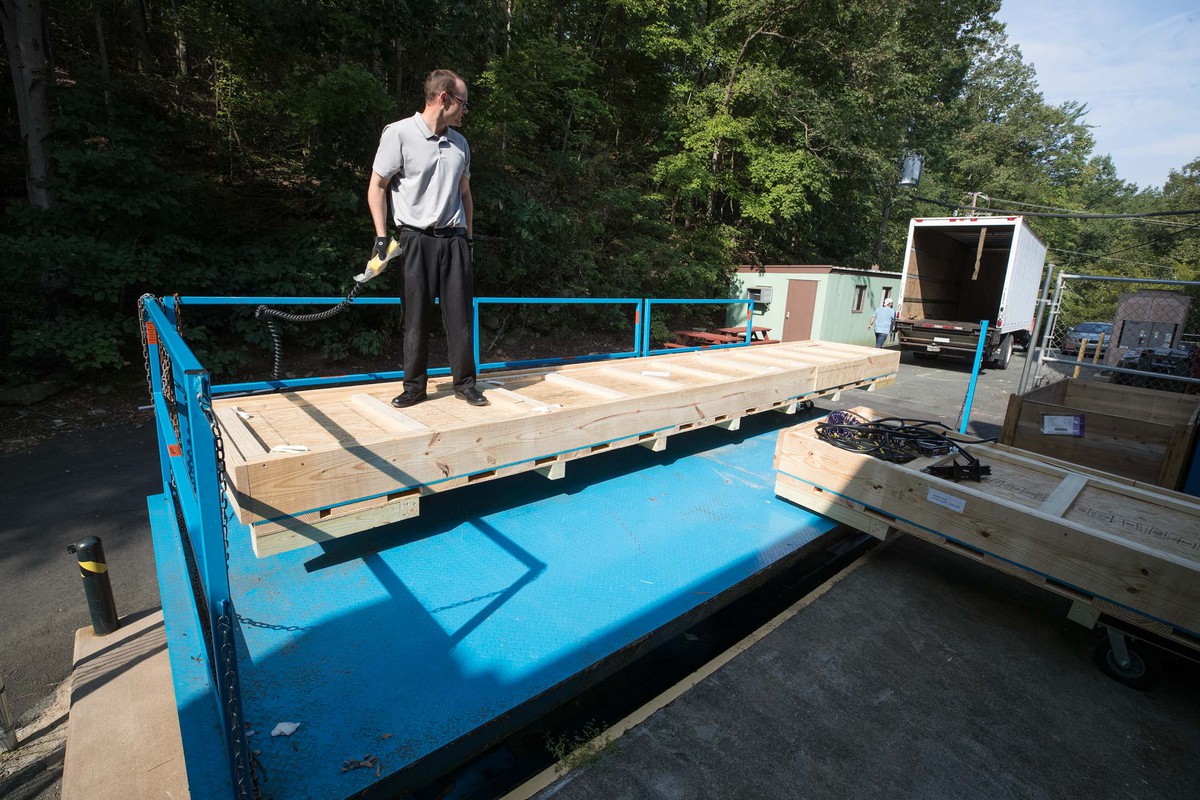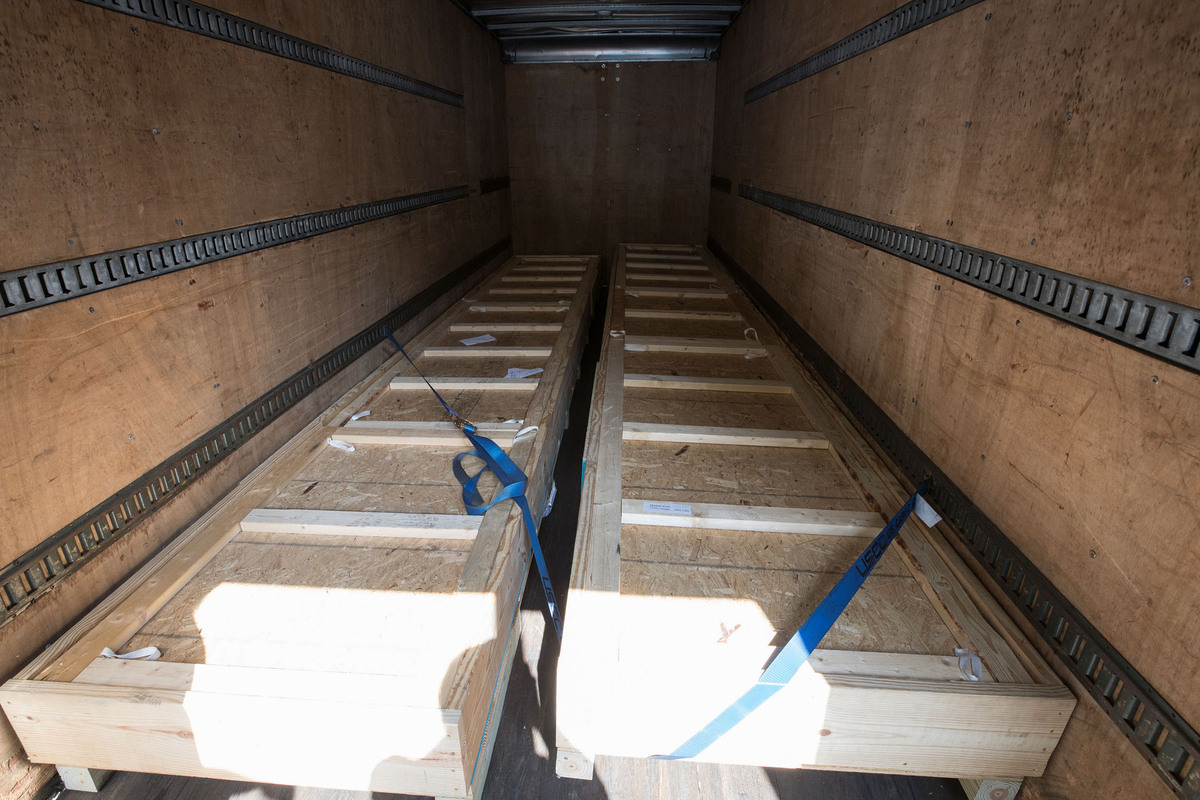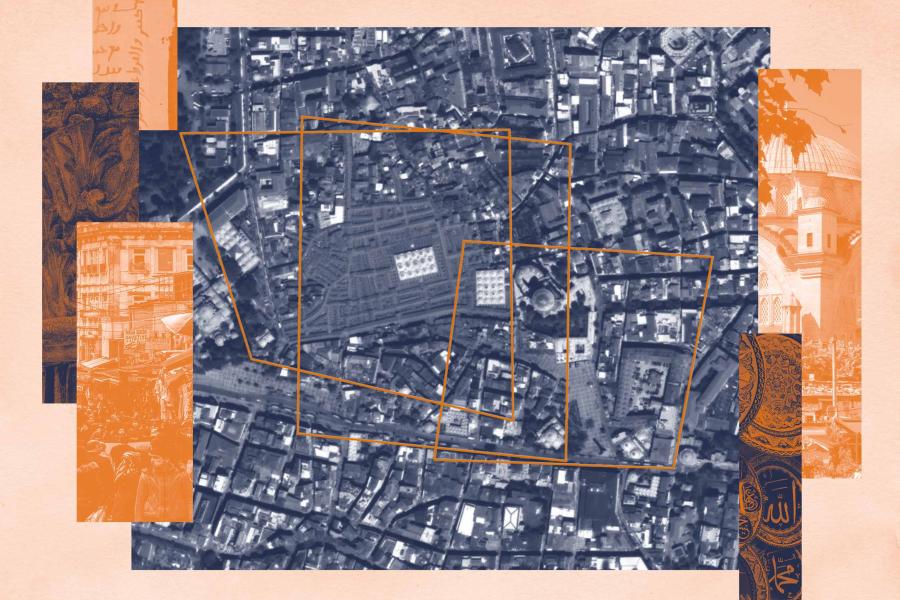The Mu2e experiment is being designed to create particle interactions that will allow physicists to directly observe and analyze the apparently rare conversion of one type of elementary particle, called a muon, into a lower-mass electron. Theory suggests that this happens, and previous, related studies indicate that muons do convert into electrons at a very small rate. But this predicted rate is nearly too small to be observed experimentally. If Mu2e sees a signal, it would mean that physics beyond the Standard Model has been discovered, a very big deal.
It is important to know, one way or the other, Dukes said, because, to interpret the universe and fill in the gaps in the Standard Model, including some of the universe’s deepest mysteries – dark matter and dark energy – physicists need an understanding of some of its most minute details. As physicists slowly bring illumination to the details, the missing pieces in the model will fall into place, as they do in the actual universe.
As an example, in 2012, international teams of physicists, including some at UVA, confirmed at the Large Hadron Collider in Europe the existence of the Higgs particle, which filled a gap in the Standard Model – and made international news. That was an example of direct innovative experimentation bringing to light some of the fine detail involving particle physics.
Mu2e aims to do the same. It is a specially designed experiment that should conclusively prove, or disprove, that muons convert to electrons and provide clues missing from the Standard Model.
“If we don’t find evidence of conversion, it will kill many theories beyond the Standard Model,” said physics professor Craig Group, who leads the fabrication team that is building the detectors. “If we do, it will be a big discovery, similar to the Higgs.”
During the experiment, which will last for several years beginning in 2023, Fermilab will use a particle accelerator to create about 100 million billion muons per year to study their interactions. Based on limits from past experiments, physicists know that it will take at least that number to find the conversion to electrons, if it in fact occurs.
UVA’s part of the experiment is to make certain that there is no outside interference, or “background data,” from the actual universe flooding in to corrupt the data. The particle detector that UVA physicists are building, from their own design, will net, so to speak, naturally occurring muons traveling in from space, count them, and then deduct them from the man-made muons that will rattle around inside the accelerator. This project – called Cosmic Ray Veto – has been in the planning stages at UVA for 10 years.
“For accurate results during the experiment, we need to do an outstanding job of making certain that natural occurring muons traveling to the Earth are not included within the experimental data throughout the life of the project,” Group said.
The following is a look at some of the detector components fabricated for the Mu2e project during the past 15 months UVA by professors, technicians, postdoctoral fellows, graduate students and undergrads. Some of these electronic components – built into 1-by-6-meter modules – have been shipped to Fermilab; others are under construction; and more will be built and shipped during the next two years. Eventually, technicians at Fermilab will install the detectors, completely surrounding the particle accelerator and protecting its 300-square-meter surface from outside signals.
There will be 83 detector modules in all, each weighing as much as 2,000 pounds, totaling about 160,000 pounds of materials.
